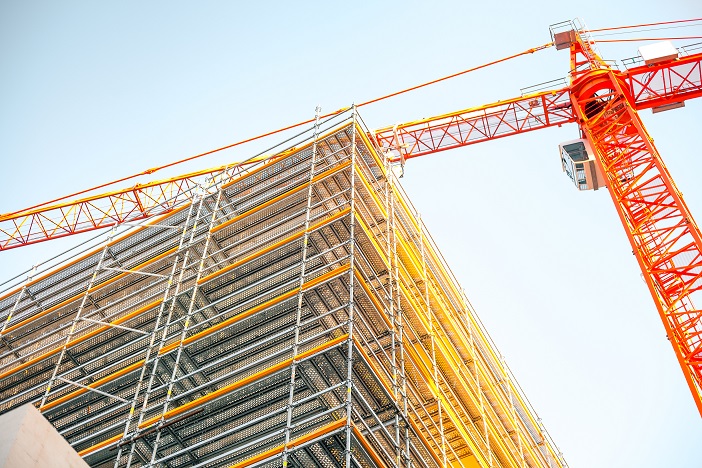Building Safety Levy delayed but rates confirmed by UK government
Published on 2nd April 2025
The levy's details and implications are the subject of much speculation and concern among UK-based developers

The Grenfell Tower fire exposed severe, entrenched and systemic weaknesses around building safety across the UK industry and government – and highlighted the need for urgent and widespread redress. Subsequent governments have embarked on an ambitious programme of reforms to tackle the issues posed by the 2017 fire, including implementing the Building Safety Act and associated regulations.
The current government's Grenfell inquiry response in February this year to the Grenfell phase 2 final report signalled that major reforms are ahead for the UK built environment, as does its plan to speed up remediation. There have also been recent developments around the Building Safety Levy, which is another of the mechanisms the government has at its disposal as part of its post-Grenfell reforms.
Developers levied
The Building Safety Levy will be imposed on developers seeking permission to develop certain residential buildings in England. It aims to generate funds for replacing faulty cladding and addressing other historical building safety issues. The levy was first subject to a government consultation in October 2021, with ongoing consultations since then.
2026 implementation
The recently published outcome of the latest Building Safety Levy technical consultation includes long-awaited details of the likely implementation timescale.
The government, in its response in March, said it had decided to delay the Building Safety Levy coming into effect until the autumn of 2026. It had previously planned implementation this autumn. However, further postponement is possible.
Levy rates
The consultation response also sets out the levy rates. These range from £6.35-£50.17 per square metre for previously developed "brownfield" land, which is subject to a 50% discount, and £12.70-£100.35 for other sites. The rates apply per square metre of chargeable floorspace; not, as many in the industry called for, per unit.
They will also be determined according to local authority (LA) area. Some respondents to the consultation called for levy rates to reflect housing market variation within LA areas, but the government has rejected that idea in favour of LA-wide rates, for simplicity and to minimise the administrative burden of collection.
The regional variation is significant. A 1500 square-feet home (139 square metres) in County Durham (the LA with the lowest levy charge) would incur a levy of £884.90 on brownfield land (£1,769.80 for undeveloped land) but the same sized home on brownfield land in Kensington and Chelsea (the most expensive LA) would be £6,991.42 (or £13,984.23 on undeveloped land).
The levy will be calculated inclusive of communal spaces (which, again, the industry had called to be excluded).
Submission of information
Other notable announcements within the response included the provision of information by payers to local authorities. This will now be split between the application-initial notice stage and the commencement stage. Under question three of the response, the process for the collection of the levy is set out and as are the sorts of information required at each stage.
A failure to provide levy information will become a ground for rejection of an application for building control approval or initial notice.
The Building Safety Levy is otherwise likely to proceed along the lines outlined in the previous Conservative government's response in January 2024 to the earlier consultation on the proposal.
Osborne Clarke comment
The Building Safety Levy proposals have caused concern and apprehension for developers, who are already struggling with a complex and onerous new compliance regime.
The industry's experience of repeated delays caused by resource constraints at the Building Safety Regulator may make many developers uneasy about whether local authorities could encounter similar challenges in implementing this new regime. This would risk further delays and jeopardise the government's ambitious housebuilding targets.
The delay in the implementation date will be welcomed by many in industry. However, those who see this as an unfair divergence from the "polluter pays" principle are unlikely to be reassured by the government's latest clarifications.
Developers will want to stay abreast of developments in this area as more specific information becomes available.





